|
At the close of the 2010s, Univision KMEX Channel 34 and Telemundo KVEA Channel 52 regularly compete for the highest ratings among all television viewers in Los Angeles according to the Nielsen ratings service. KMEX and KVEA’s high ratings – beating the long-established big three English-language networks – speaks to the demographic growth and vitality of the Spanish-speaking Latino American communities of the greater L.A. region. The ratings bonanza currently enjoyed by the local Univision and Telemundo stations is a dramatic counterpoint to the relatively humble, but significant technical origins of Spanish-language television in the U.S. and in Southern California more than half-a-century ago. An official advertisement placed by KMEX Channel 34 in a September 1962 issue of La Opinión. Variations of this advertisement were placed in billboards around Los Angeles that fall. The first Spanish-language TV transmissions in the Southland occurred as the result of transnational broadcasting developments the Mexico-U.S. border region. One of the most significant investors and proponents of Spanish television north of the border was Emilio Azcárraga Vidaurreta, the founder of one of the first TV stations in Mexico and the dominant partner in a network he formed through an alliance with his former competitors, Telesistema Mexicano (now Televisa). Azcárraga Vidaurreta recognized an opportunity when he started XETV Channel 6 in Tijuana as a means of serving San Diego-area TV viewers. XETV, the first TV station in northwestern Mexico, began broadcasting in April 1953 primarily in English and was financially successful among San Diegans who only had XETV and one other TV channel to choose from at the time due to FCC delays in licensing new TV stations. Channel 6’s success compelled Azcárraga Vidaurreta to launch Tijuana’s XEWT Channel 12 as a Spanish-language station broadcasting his Telesistema programming as a means of attracting Spanish-speaking TV viewers not only in that Mexican border town but also in the San Diego area. An advertisement for a UHF converter device sold by Thrifty Drug Stores (Los Angeles Times, 1962) Encouraged by XETV and XEWT’s…reception…Azcárraga Vidaurreta attempted to enter the larger U.S. market by distributing popular Telesistema shows to U.S. broadcasters. The Mexican media magnate found a willing partner in Raoul Cortez, a Mexican immigrant who in 1955 founded KCOR Channel 41 in San Antonio, Texas as the first Spanish-language TV station in the continental U.S. (the first Spanish-language TV station in the U.S. was WKAQ Channel 2 in San Juan, Puerto Rico, debuting in 1954). Cortez, who had also founded the first full-time Spanish-language radio station in the U.S. southwest, welcomed the Telesistema’s programming to fill Channel 41’s airtime. Although popular among Mexican San Antonians, KCOR Channel 41 operated at significant financial losses and struggled to stay on the air due to Anglo advertisers’ indifference. Again recognizing a rare opportunity, Azcárraga worked with his longtime U.S. business associates to purchase the station from Cortez in late 1961. Relaunched as KWEX Channel 41 in February 1962, the San Antonio station became the U.S. flagship of the new Spanish International Network (S.I.N.) – with momentum building, the group of transnational investors set about tapping the largest Spanish-speaking audience in the border region: Los Angeles. When the transnational S.I.N. investors – which included Azcárraga’s long-time U.S. associates such as XETV’s general manager Julian Kaufman – set their sights on Los Angeles, they faced the challenge of starting a brand new TV station in a format that most TV sets at the time could not reach. In early television history, TV broadcasters were limited to transmitting their programming on channels 2-13 in the very high frequency (VHF) signal band; channels 14 and beyond (such as KCOR/KWEX Channel 41) broadcast on the ultra high frequency (UHF) band could not be accessed by early TVs without an expensive converter box. While not all U.S. cities had the gamut of VHF channel allocations used, Los Angeles – as the entertainment capital of the world – had all of its VHF channels claimed by the early 1960s. In L.A., as throughout the rest of the nation, investment in a UHF station was considered a foolish waste of money. The iconic Sears store in Boyle Heights used La Opinión to advertise UHF-capable TV sets specifically invoking buyers’ ability to then reach KMEX Channel 34. The price of the UHF converter box sold by Sears would cost $145.78 when adjusted for inflation in 2018 while the 19-inch TV console advertised in the bottom would cost $1,622.55 today. Tuning in to watch el canal 34 in its early days was often an expensive investment. Nevertheless, the S.I.N. business partners pressed on and received Channel 34 as their UHF signal assignation under the call letters K-M-E-X (Mexico), a call sign which clearly asserted the new station’s origins as well as its intended audience. Julian Kaufman, experienced in the technical and advertising challenges of running XETV for a U.S. audience, served as KMEX’s acting general manager throughout the summer and fall of 1962 as its facilities were built. As KMEX’s transmitter went up on Mount Wilson and its studio offices were built across the Paramount studios in Hollywood, Kaufman went about informing Angelenos about the need for them to purchase UHF converter boxes for their TV sets. Through coverage in La Opinión, the principal Spanish-language newspaper in the region, as well as the Los Angeles Times, KMEX got word out about the impending arrival of California’s first Spanish-language station. Throughout the summer of 1962 local papers throughout the region used the KMEX launch as a marketing technique to encourage consumers to purchase UHF converter boxes. By the time KMEX was ready to debut various electronic stores and TV parts shops reported a significant increase in UHF converter purchases. Contests and street-side UHF conversion demonstrations held in predominantly-Mexican American neighborhoods by KMEX staff helped prepare viewers for the arrival of la televisión en español in L.A. A Mexican American-owned TV shop uses KMEX’s debut to offer UHF conversion services via an October 1962 edition of the Corona Daily Independent. After months of excitement, KMEX Channel 34 beamed onto the Southern California airwaves for the first time on the afternoon of Sunday, September 30, 1962, in a live ceremony. Fernando Escandon read the first comments ever aired on KMEX: “Muy buenas tardes señoras y señores, KMEX Televisión Canal 34 inicia en estos momentos sus transmisiones” ("Good evening ladies and gentlemen, KMEX-TV Channel 34 is now beginning its broadcasts"). The half-hour dedication ceremony was attended by Academy Award-winning actress Rita Moreno, Mexican Consul Luis Orci, L.A. Mayor Sam Yorty, and city councilman Edward Roybal, the first Mexican American on the L.A. City Council since 1881. Afterwards KMEX aired a two-and-a-half hour newscast of President John F. Kennedy’s state visit to Mexico City earlier that summer followed by bullfighting and pre-taped performances from Mexico’s Palacio de Bellas Artes. Volumes of Telesistema Mexicano programming, sent north daily by Azcárraga Vidaurreta, bolstered the station’s early programming. The initial opening KMEX made in the UHF band significantly encouraged the development of other L.A.-area UHF stations such as KCET Channel 28 which debuted two years later. Much has changed in the TV landscape of Southern California since KMEX Channel 34 first went on the air more than fifty years ago. As a sign of the Latino community’s growth, KVEA Channel 52 hit the airwaves as the second full-time Spanish-language station serving the L.A. area in 1985 in the new Telemundo network, threatening its counterpart’s dominance of the L.A. Latino market. KMEX Channel 34 itself has changed, having since become one of the most important stations in the Univision network, the successor entity to S.I.N. The historical development of Los Angeles’s Spanish-language media is a rich odyssey that greatly reflects the role of the U.S.-Mexican border region’s transnational movement of people and ideas in the formation of cultural institutions and community identity. A version of this essay also appeared as a post on the Huntington-USC Institute on California and West blog in March 2018.
3 Comments
9/8/2021 04:48:12
Hi there, I found your website by means of Google while looking for a similar matter, your site got here up, it looks great. I have bookmarked it in my google bookmarks.
Reply
Marco chavez
4/24/2023 10:01:28
KLXA was the second Spanish TV station
Reply
1/27/2024 09:13:49
https://cimages.me/content/el-barbaro-del-medio
Reply
Leave a Reply. |
Carlos Parra
U.S.-Mexican, Latino, and Border Historian Archives
January 2021
Categories
All
|

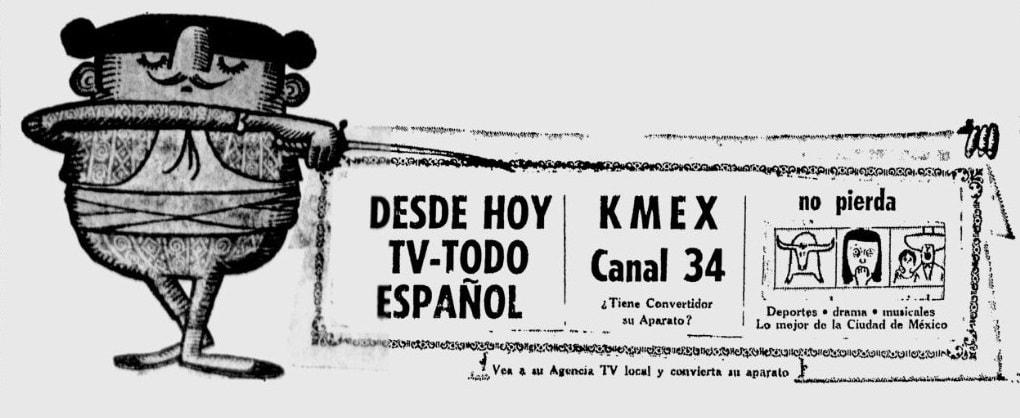

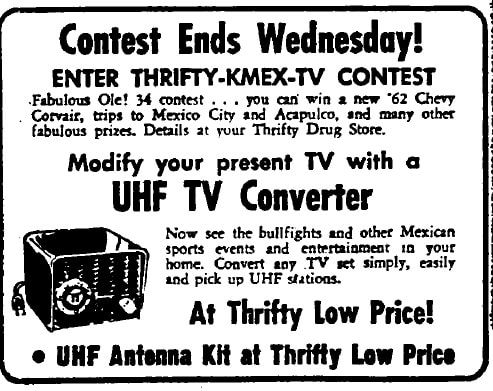

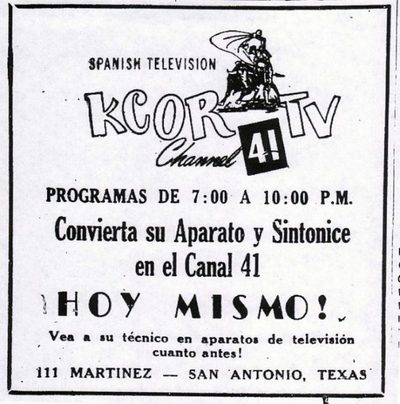

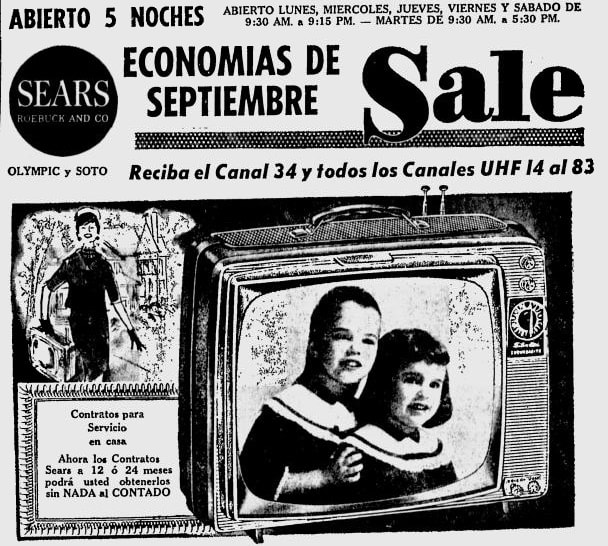
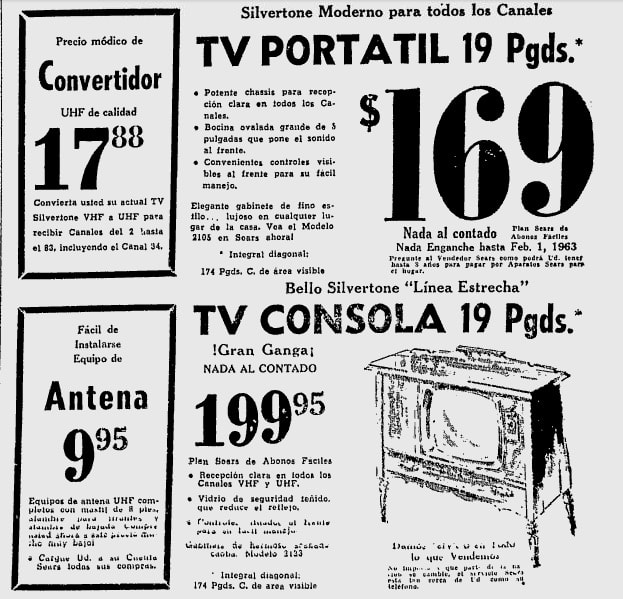


 RSS Feed
RSS Feed